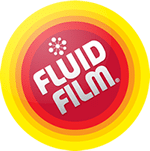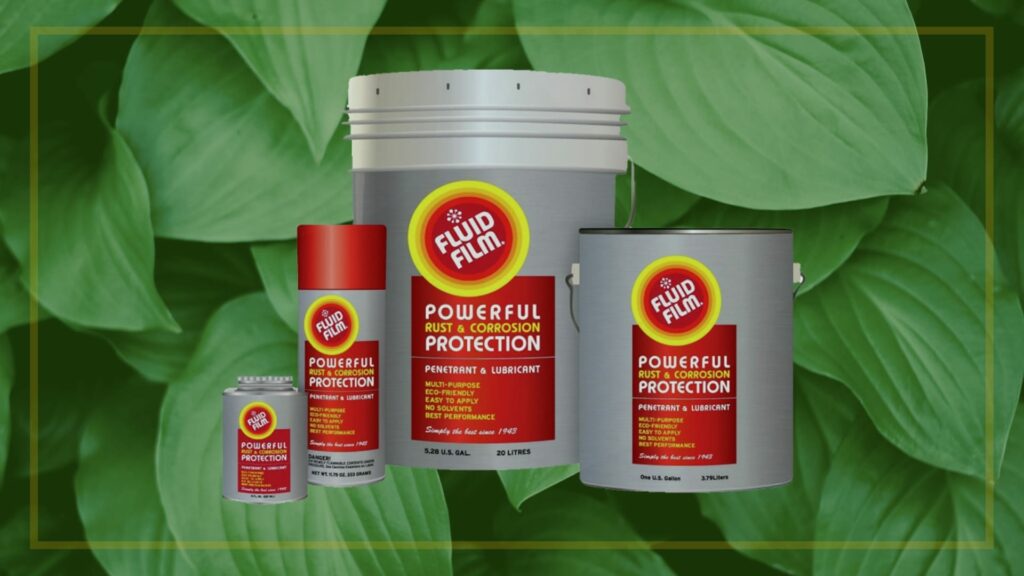We know Fluid Film is a great anti-corrosive, but did you know it is also used in the tough environments of the Australian underground mining industry, as well as in the everyday activities of fire inspectors, plumbers and rifle enthusiasts.
The list of people and trades who use Fluid Film daily continues to grow. However, the best part about Fluid Film is the natural lanolin base of the product. It is for this reason that it is touted as an effective yet environmentally-friendly substitute for some of the more damaging chemical alternatives in the marketplace.
Starting out the chemical substitution process can be daunting, since it is important to choose an alternative that is technically equivalent while being safer to use.
So, why substitute?
As a person conducting business or undertaking business operations, you have an obligation under the Work Health and Safety Act to ensure the wellbeing and safety of those in the workplace. Whether they are employees, volunteers, clients or the environment in which you operate – everyone and everything needs to finish the work day as healthy as they started it.
Furthermore, when a chemical substance is identified as harmful, an alternative needs to be found to ensure that the effects are not continued into the long-term. This proactive attitude not only covers operations but reaps benefits for the monetary side of the business. Finding a safer alternative results in long-term cost savings and also future-proofs your business against remedying long-term environmental or health effects.
Not to mention substituting hazardous substances and mixtures with less dangerous alternatives is a basic principle of any good chemical risk management plan. If your businesses’ plan hasn’t been reviewed in the last 12 months, you should update it to consider legal requirements and recent changes under workplace safety legislation.
What steps have already been taken to support chemical substitution?
Over the past few decades, several international government, industry and NGO initiatives have been supporting the development and use of substitution chemicals.
A large amount of expertise and experience is being generated from assessment and substitution testing of past alternatives, and there are efforts ongoing to collect and compile this real-life experience. It is the objective of the OECD SAAToolbox, which includes a range of resources about chemical substitution and alternative assessments, along with practical guidance on implementing the substitutions.
The REACH program of the European Union is another valuable resource, that constitutes one of the largest analysis of alternatives in the world. It has also shown that substitution does happen and can be very effective when in use. Many industries are required to register the chemicals that they use, so many have already switched to alternatives for those identified as problematic, others have since indicated that their business is in the process of switching.
What are the challenges that are posed by the substitution process?
- There can be a resistance to change, a reluctance to experiment with the unknown, and fears for regrettable substitution; a company’s policy can be a barrier and there can be a lack of engagement among staff to find alternatives to hazardous chemicals.
- There is a lack of guidance (and clarity) on how to conduct a “successful” assessment of potential alternatives, and there is a need for specific training and education in this area.
- Furthermore, there are technical, administrative and financial constraints associated with conducting alternative assessments and substituting chemicals, in particular for small and medium-sized enterprises (SMEs). The complexity of regulatory systems can be a challenge in the case of countries/regions using certain regulations.
What are the positives that result from the substitution process?
- Compliance with WHS regulations and environmental guidelines
- Improved credibility for your company
- Long-term cost savings – both monetary and causal
- A future competitive advantage by establishing your company’s reputation as one that is socially and environmentally conscious
Fluid Film is leading the way in anti-corrosive products!
We know that consistent exposure to a wide range of elements can lead to rapid deterioration of metal – not only resulting in poor appearance and loss of value, but potential safety issues as well.
Designed to lubricate and stop rust on all types of metal, Fluid Film’s non-toxic, non-hazardous, easy to use solution will stop rust forming on your metal linkages and equipment – big or small.
With the anti-corrosive, natural moisturising and water-repelling properties of lanolin, Fluid Film provides long lasting lubrication while displacing water and moisture at the same time.
Plus, it’s cost effective! We’ve had reviews from customers who’ve admitted they still have their tin of Fluid Film that they bought 30 years ago.
To try Fluid Film for yourself, order a free sample today! Or get in contact with our professional team to learn more.

